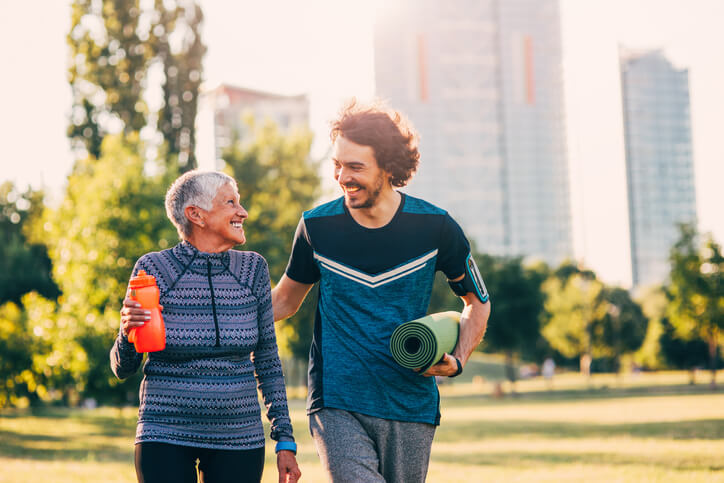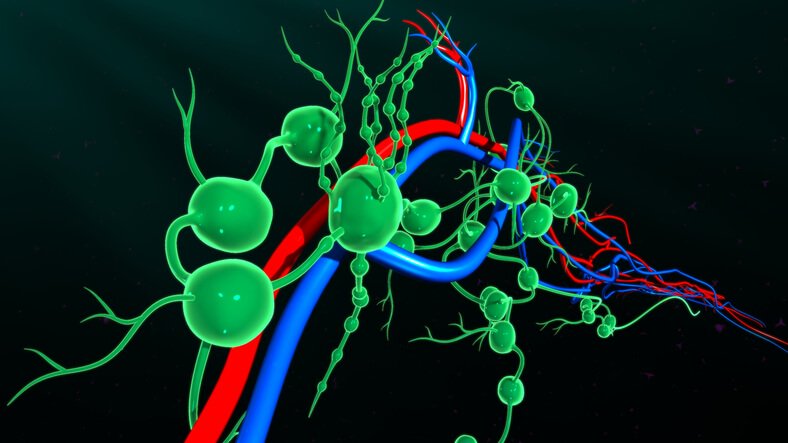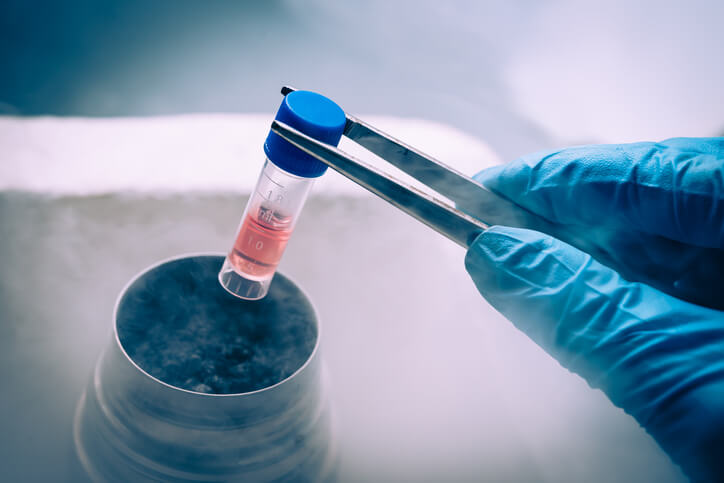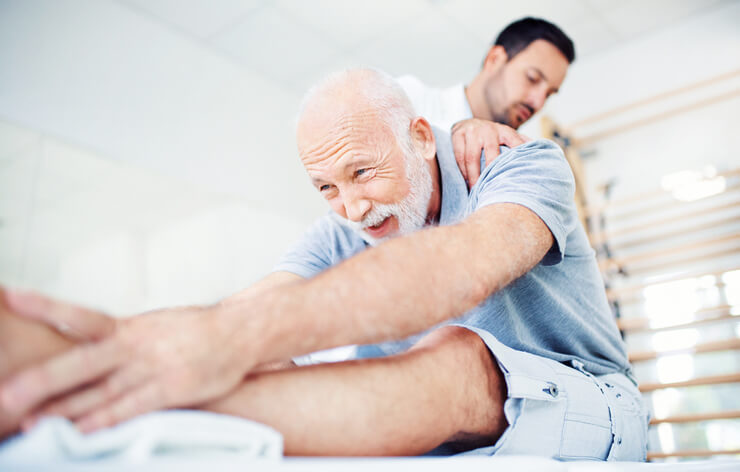When it comes to getting healthy and staying healthy there are rarely short-cuts. Sadly, there’s no magic pill. It really comes down to educating yourself properly, and then taking the necessary steps.
We all know that stress kills. However, when most of us think of stress, we tend to focus solely on emotional stress, and that is a big one to be sure. But are you aware of all the chemical and physical stress that your body absorbs day in and day out?
The truth is that our world, while becoming more convenient and more comfortable for most of us, is also becoming much more toxic. Not to mention the physical stress that all this convenience and comfort places on us daily (Which sounds like an oxymoron, but you’ll soon see that it’s not.) And your ability to remove some of this stress will determine just how healthy you are.
T #1 – Thoughts
Our bodies were built to produce stress responses that are short and intense and as a means of survival. You may know it as our fight-or-flight response. And in an emergency, from out-running your neighbor’s rabid dog to lifting an unusually heavy object off someone you care about, you’ll be glad your body is wired this way.
What our bodies aren’t wired for is continual stress, also known as chronic stress. This type of stress, that isn’t initiated by an emergency, taxes our nervous system in very dangerous ways. And this kind of stress is something most of us have felt in our lives, whether it be from personal relationships, rush-hour traffic, or from a boss that seems to take pleasure in making you suffer.
You have control over your thoughts, even if sometimes it doesn’t feel that way. You have the ability to think differently about these types of stressors, and too react differently. But when we allow these negative thoughts to consume us, not only are we putting undue stress on our nervous systems, but we’re also inviting illness and disease into our lives.
Emotional stress has been shown to hinder our immune response which makes us much more susceptible to illness and disease. Emotional stress has a direct effect on our digestive health and increases your chances of suffering from IBS and other digestive disorders. And emotional stress can even manifest itself as physical pain, particularly back pain.
So, what can you do? Lifestyle changes are the best place to start, as learning how to deal with emotional stress is your ticket to overcoming it. Because you cannot control rush hour traffic. And you certainly can’t keep your boss from tormenting you. But you can control how you respond to it.
Focus on ways to improve your mind/body connection, as in meditation, yoga, and mindfulness practices. Exercise more. Get outside more. Practice deep breathing. (You may have noticed that when you’re stressed out, your breathing becomes very shallow, so to reverse it, go deeper.)
Check out our blog article – Natural Stress Relief Methods that Work – for a number of great stress relief tips.
T #2 – Toxins
How many chemicals do you think are licensed in the U.S? This may shock you, but there are more than 75,000. Many of these are hormone-disrupters. Many more are poisonous. (That Round-Up you spray on your yard to kill the weeds? There’s a reason you don’t want to get it on your skin.) And a good deal of those 75,000 chemicals are carcinogenic, meaning cancer-causing.
Now, it’s impossible to completely protect yourself in our toxic, modern world. You can, however, limit your exposure. And that begins by knowing where the most toxins are, and what you can do to remove some of those threats.
Read labels. On your food, your hygiene products, and cleaning products. When it comes to food, eating organic, whole foods rather than processed foods and fast food, will help you avoid most of those toxins. As for hygiene and cleaning products, either make your own (which is easy and cheap in most cases) or buy natural products.
Now, if you’re thinking, but they’re so much more expensive. The thing is, one way or another, you will spend, either now on better products, or later when you succumb to illness and disease as a result of that toxic exposure.
To remove toxins from your home, get an air purifier or plants that are especially adept at purifying the air. Get a water purifier, or buy clean, pure water. Exercise more, as sweat is a great way to remove toxins. Try dry skin brushing, because if your dead skin cells are clogging your pores, you won’t be able to sweat away those toxins as easily. And try a short-term detox diet and invest in a few select foods and herbs that are great at removing toxins, like chlorella.
T #3 – Trauma
When we think of physical trauma, we tend to think about car accidents, sports injuries, or other literal causes of pain. But what about this modern lifestyle of convenience and comfort?
How much time do you spend staring down at your phone? Did you know that Forward Head Posture is a very real concern for most of us, as it puts undue strain on your spine? Did you also know that you’re only as healthy as the health of your spine?
A quick chiropractic lesson: When your spine is out of alignment, this can easily put pressure on your nervous system. Your nervous system is how your brain sends messages to the rest of your body. If this communication is disrupted, you can experience problems in every system, organ, tissue, and cell. And leaning over your computer for hours each day or staring down at your phone isn’t helping the situation.
How much time do you spend sitting or lying down in a 24-hour period? It’s probably shocking if you take the time to think about it. Your body wasn’t meant to be inactive and sedentary, and it wasn’t that long ago that we had to move as part of our agricultural lifestyle. But in the modern world, where we often sit all day under unnatural lighting, this produces negative effects.
Of course, there’s also the matter of obesity. Carrying around a few extra pounds places added stress on every part of your body.
Get a standing desk or get up more often and move around. Pay attention to HOW you’re sitting at your desk. Is your head forward? Are you leaning into your desk? Get your head back; sit up straight. And put down that phone once in a while. Or at least hold it differently.
The modern lifestyle is an unhealthy lifestyle. But there are simple changes you can make. However, if your problems run deeper, particularly those that are causing you pain, contact us today.
Know more about Dr. Raju Mantena.
You don’t have to live with pain.













